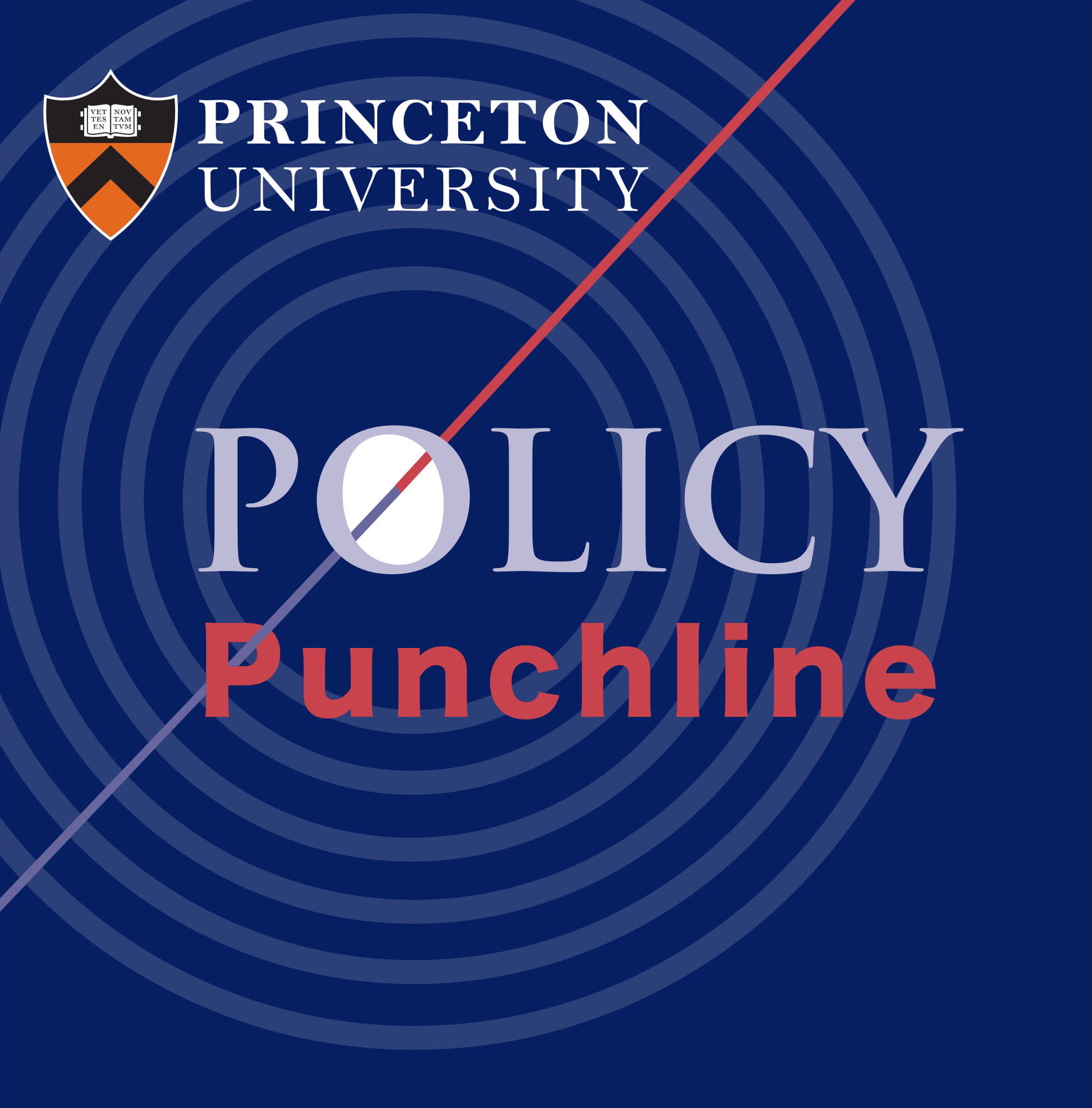Why Nuclear Fusion, Not Fission, Is the Perfect and Necessary Source of Energy for Our Future
Since the race towards high-powered, destructive bombs during World War II, nuclear technologies have captured the public’s imagination in the discourse over energy and society. Large-scale nuclear fission, which involves the splitting of an atom, has been particularly crucial in the energy mix and electricity production in many Western countries over the past few decades. Nuclear fusion – where two atoms collide to create energy – has played a much lesser role in modern energy systems and is much less known than its fission counterpart. One man is hoping to change that.
Sir Steven Cowley has been at the forefront for pushing frontier research and wide adoption of nuclear fusion technology. A leader in some of the most advanced nuclear projects, including the Joint European Torus and the International Thermonuclear Experimental Reactor, Sir Cowley's knowledge and passion for fusion is contagious. Now, as the head of the Princeton Plasma Physics Lab (PPPL), the leading fusion research center in the U.S., Sir Cowley aims to help build one of the largest and most influential fusion labs in the world.
In this interview, Sir Cowley offers his wisdom in describing the complex processes the underline the nuclear fusion process, helping us to better understand the technologies. He explains why the paths of nuclear fusion and fission diverged following the 1940s, pointing out the more difficult nature of a nuclear fusion reaction.
From there, we dive into the role of fusion in the global energy mix, citing it as a cleaner, safer, more democratic, powerful and energy-dense source of power. In other words, fusion is the perfect source of energy. The catch? The world hasn't quite figured out how to produce nuclear fusion energy in large quantities, and we go deep on the scientific and policy hurdles that need to be overcome.
While Sir Cowley believes that there are advancements to be made before building huge commercial fusion plants, he points out that China is in the process of constructing these expensive power producing edifices and may set good examples for the West. China has been much more active investing into nuclear fusion, while some Western powers have declined to pour more money into research.
Finally, Cowley gave his thoughts on the interrelation of physics and religion, the experience of being knighted by Queen Elizabeth, the differences between the scientifically and metaphysically unanswerable questions, and many other deep thoughts on the wide world of energy.
Sir Steven Cowley

